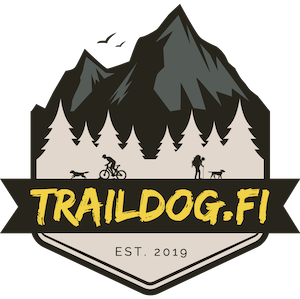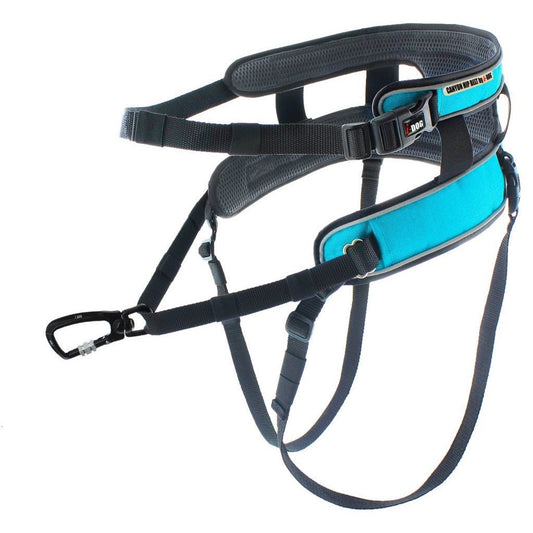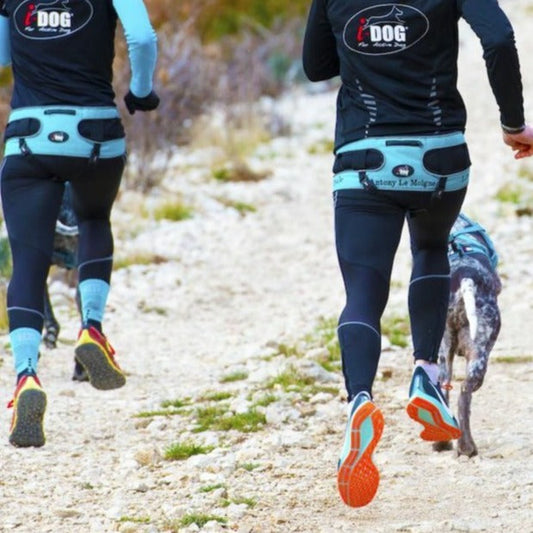Collection: Canicross belts
A high-quality, ergonomic canicross belt that guides the pull to the person's hip is an important gear for dog running, i.e., canicross, and skijoring. The canicross belt / running belt is also suitable for more relaxed running and skiing with a dog, as well as for everyday use and hiking as a leash belt.
A wide hip belt distributes the pull and jerks evenly and makes running and moving comfortable. The running belt also frees your hands from constantly holding the leash.
Leg loops keep the canicross belt at the person's hip height, preventing back problems. You can read more about different canicross belts from our canicross belt selection guide.
Frequently asked questions
How do I choose the right product?
A canicross belt is a belt that goes around the person's hips, with an attachment for the dog's leash / elastic pulling rope and is made both to withstand pulling and to distribute the pressure of the pull evenly over the person's hip area. The canicross belt is used in sled dog sports (canicross and skijoring) but it is also excellent for hiking, trekking, and everyday walks with a dog.
All canicross belts are suitable for different sports, but different belts also have different features whose practicality stands out in various activities or with different users. When choosing a canicross belt, it is worth considering the activities the belt is mainly intended for. In some canicross belts, the leash attaches and the pull is directed to the level of the person's hip bones, and in others even lower to the level of the buttocks. In some belts, the leash attachment point is fixed, and in others the carabiner and leash can slide from side to side according to the dog's movements.
The idea in all belts is the same: the canicross belt should sit around the person's hip bones (not high on the waist) and the back part should be wide enough to distribute pressure evenly.

A canicross belt adjusted to the right spot around the hip bones directs the pull to the user's hips, not to the back which is sensitive to jerks.
Why does a canicross belt have leg loops?
Especially with even slightly stronger dogs, the importance of the leg loops is emphasized: the loops prevent the belt from sliding up to the waist during activity. A belt positioned high on the waist/back combined with jerks and pulls easily leads to back injuries. In some canicross belts, the leg loops are detachable. Belts without leg loops are suitable for walking and outings with non-pulling dogs or very small dogs.
Some canicross belt choosers worry whether the leg loops chafe or feel unpleasant. However, you quickly get used to the presence of the leg loops, and if the belt is the right model for the user and properly adjusted, the leg loops shouldn't cause chafing.
Where to attach the dog's leash on hikes? Is any canicross belt compatible with a backpack?
On hikes, dogs usually need to be kept on a leash. However, many want to keep their hands free while hiking, making attaching the leash to the hip a convenient option. However, it should be remembered that backpack hip belts and their buckles are generally not designed to withstand forward pulling force. If you do not want to risk breaking the backpack, a separate canicross belt is a good option.
Often traditional canicross belts can unpleasantly overlap with the hip belt of a backpack. Many hikers therefore end up choosing belt models originally designed for canicross, where the strap attachment is lower than traditional canicross belts at the height of the buttocks and the strap attachment slides freely from side to side. This way the belt does not twist on the person even if the dog pulls sideways.
The picture shows Non-stop dogwear CaniX Belt.
Belts suitable for use simultaneously with a backpack include:
- Non-stop dogwear CaniX Belt 2.0
- Kainpo Race Belt
- Inlandsis Aircross Harness
- Rock Empire Canicross Race Belt
- Lumac Sledding Rebelt Canicross Belt
- Non-stop dogwear Explore Belt (fixed pull point higher than others, but the back part is reasonably flat. Suitable to be used with many lighter backpacks)
If you hike without a backpack and want a simple, more traditional canicross belt model, see below the belts we recommend for skijoring.
The best canicross belt for canicross?
In canicross, it is very important that the canicross belt has leg loops that keep the belt low enough on the hips. Practically all canicross belts with leg loops can be used for canicross, but many runners (and especially those who move with strong dogs in other activities) prefer belts where the pull comes lower at the height of the buttocks. A pull point lower than normal lightens running compared to the traditional attachment point at the hip bones. In belts with a lower pull point, even strong pulling does not easily bend the lower/mid back. Thanks to the moving pull rope attachment, the belt does not twist on the runner during turns or even if the dog pulls sideways.
Low pull point canicross belts especially suitable for canicross include for example:
- Non-stop dogwear CaniX Belt 2.0 (Very lightweight to wear. A model favored by racers)
- Kainpo Race Belt (Lightweight running belt made in Finland)
- Lumac Sledding Rebelt Canicross Belt (lightweight, well padded model also around the hip bones)
- Rock Empire Canicross Race Belt (Ultra lightweight, minimalist model)
- I-Dog Waist Belt Canyon (Sturdy model with good adjustment range)
Non-stop dogwear Canix Belt back
I-Dog Canyon running belt: thanks to the moving leash attachment point, the belt does not twist when the dog moves sideways
Looking for a canicross belt suitable for skijoring and many activities?
The above-mentioned low attachment point belts designed for running can also be used for skiing. However, if you ski more actively with skate skiing, an attachment point lower on the hips may become bothersome as it inevitably restricts lateral kick movement to some extent. If the belt's primary use is skiing, we especially recommend checking out these models:
- Non-stop dogwear Loype Belt Pro: Model with panic carabiner and back pocket, excellently compatible with a flex leash for hiking use. Popular among competitors.
- Non-stop dogwear Trekking Belt 2.0: Traditional model with open hook, many size options.
- Non-stop dogwear Explore Belt: Also suitable for pulling a pulk. Easy to attach multiple leashes or flex leashes. Many size options.
In the picture, Non-stop Loype Belt, popular among active skiers and competitors.
Thinking about competing in skijoring?
In skijoring competitions, the canicross belt must have an open hook or panic carabiner according to the rules. Many canicross belts allow the carabiner to be easily replaced later. Canicross belts that come with race-approved carabiners for skiing include:

Canicross belt together with a flex leash?
Some hikers and those skiing with dogs prefer the freedom of movement that a retractable leash offers instead of an elastic leash. The flex leash can be conveniently attached by its handle to these canicross belt models:
With these belts, the carabiner can be easily detached and the flex leash hung from its handle on the front of the belt so that the flex leash handle can freely swivel according to the dog's movements. The flex leash can be attached and tightened on the front high enough so it doesn't swing unpleasantly near the walker's/skier's feet. For the canicross belt + flex leash combination, we highly recommend adding a shock-absorbing elastic piece between the dog's harness and the flex leash. Suitable elastic pieces include e.g. WAW Basic or WAW Sport.
Choosing the size of the canicross belt
All the canicross belts in our selection are highly adjustable and fit users of very different sizes. For example, a 90-kilogram man and a 60-kilogram woman can often use the same belt - adjusted to their own size. Additionally, some belts come in different size options. On the product pages, you will find detailed measurements and measuring instructions. When choosing a size, consider also if you plan to use the belt in winter with thicker clothing. In borderline cases, it is usually best to choose the larger size, as the adjustment range downwards is generally sufficient.
If you know you need a larger size, you should check out these belt models:
It would be handy if the canicross belt also had space for gear
If you need storage space on your canicross belt, you should check these out:
- Non-stop Trail Light Belt: large back pocket and 2 water bottle pockets
- Non-Stop Trekking Belt 2.0 or Explore Belt: The most spacious solution, as these two models can be equipped with an additional Non-Stop dogwear Belt Bag waist pouch. The pouch fits perfectly a phone, camera, break jacket, and a water bottle.
Canicross belt and a dog that doesn’t pull? Your dog walks nicely beside you and you just want to get the leash out of your hands?
When your dog doesn’t pull much but you just want to free both hands for other tasks, a smart choice is a flexible leash that can be attached around your waist. Examples of such leashes are Ruffwear Roamer Bungee Leash and Non-Stop dogwear Touring Bungee Adjustable.
This kind of leash is handy for normal walks or runs but also when biking with your dog. This way you can keep both hands safely on the handlebars. For actual bikejoring, where the dog pulls the cyclist, there are specific gear options. You can read more about them on our bikejoring sport page.
We are happy to help you find the gear that suits you and your dog best. Please contact us if you need help choosing!
-
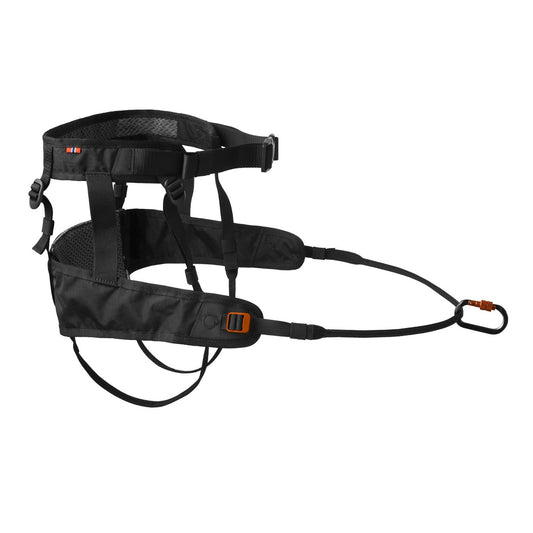
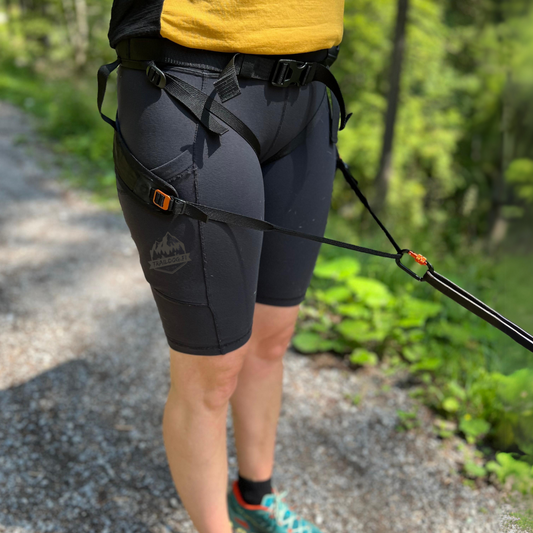
Non-stop dogwear CaniX Belt 2.0
8 reviewsNot in stockNon-stop dogwear CaniX Belt 2.0
8 reviewsNormal price €84,90 EURNormal priceUnit price / towards -


Non-stop dogwear Loype Belt Pro
1 reviewNon-stop dogwear Loype Belt Pro
1 reviewNormal price €94,90 EURNormal priceUnit price / towards -
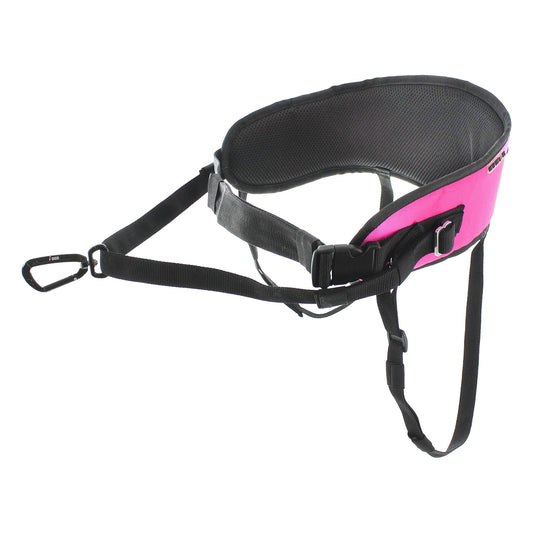
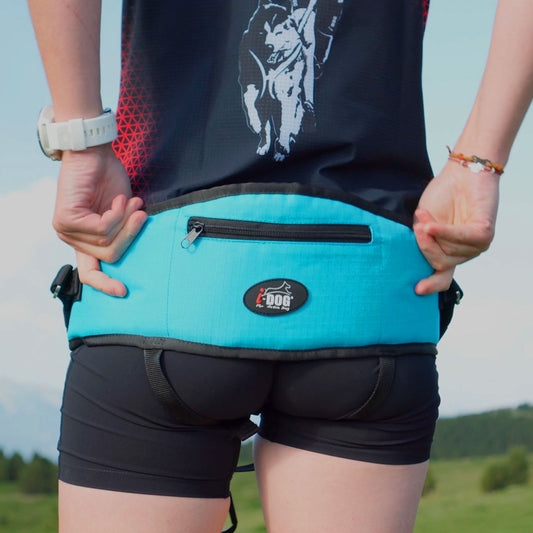
I-Dog Canicross One Belt
1 reviewI-Dog Canicross One Belt
1 reviewNormal price €35,90 EURNormal priceUnit price / towards -
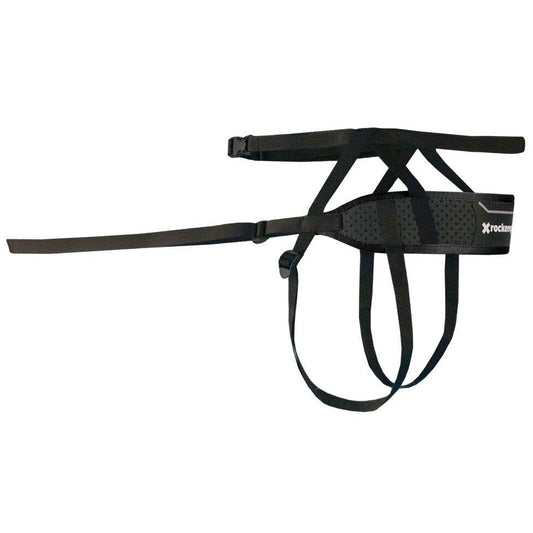
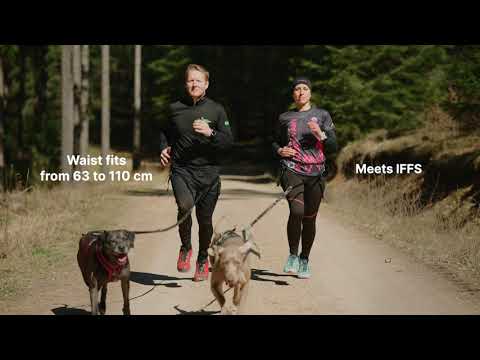
Rock Empire Canicross Race Belt
3 reviewsRock Empire Canicross Race Belt
3 reviewsNormal price €49,90 EURNormal priceUnit price / towards -

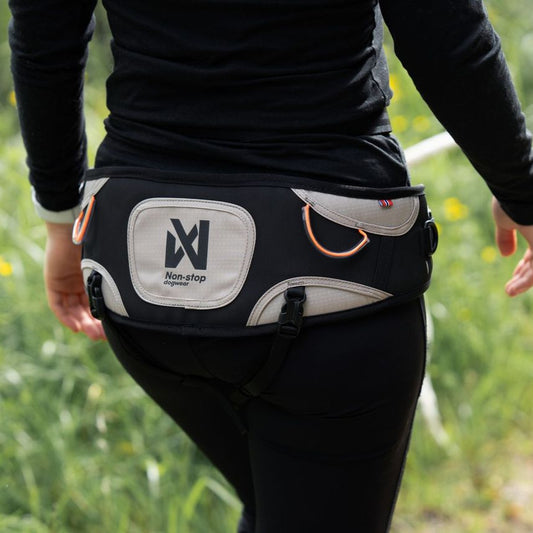
Non-stop dogwear Explore Belt
No reviewsNon-stop dogwear Explore Belt
No reviewsNormal price €84,90 EURNormal priceUnit price / towards -
I-Dog Waist Belt Canyon
Normal price €73,90 EURNormal priceUnit price / towards -

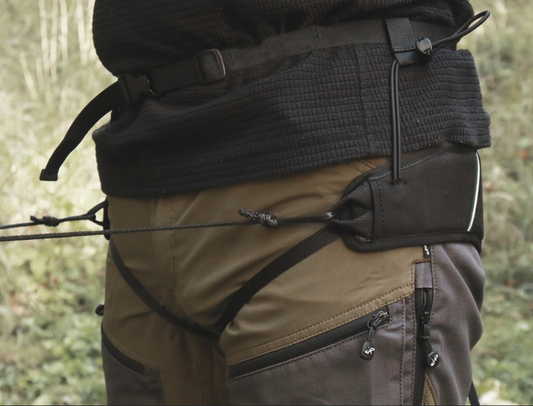
Lumac Rebelt Canicross Belt
No reviewsLumac Rebelt Canicross Belt
No reviewsNormal price €89,90 EURNormal priceUnit price / towards -
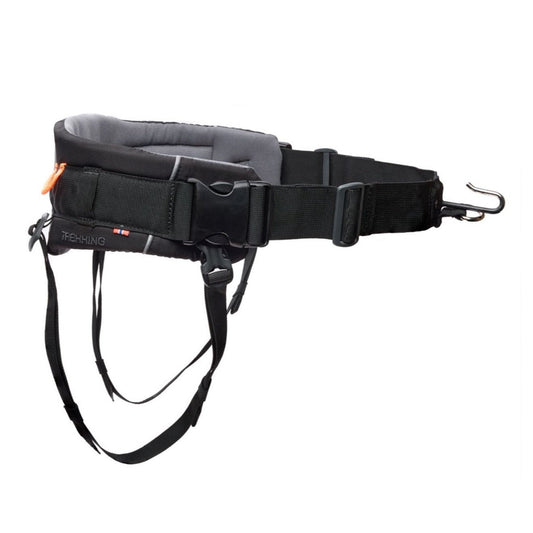

Non-stop dogwear Trekking Belt 2.0
1 reviewNon-stop dogwear Trekking Belt 2.0
1 reviewNormal price €69,90 EURNormal priceUnit price / towards -
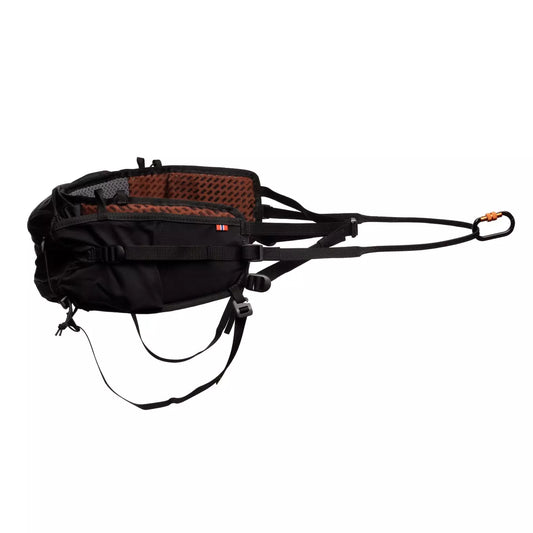
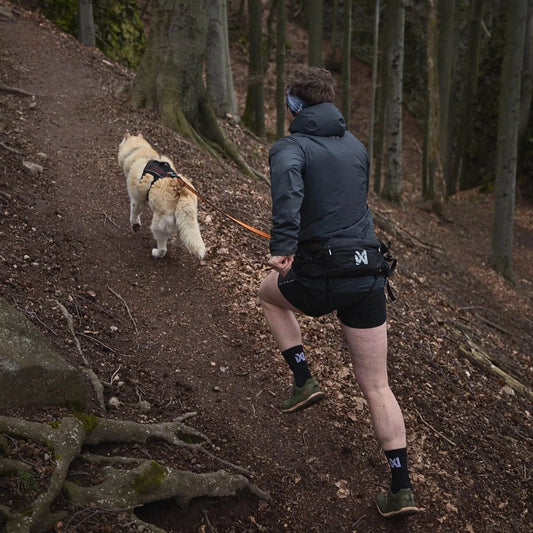
Non-stop dogwear Trail Light Belt
1 reviewNon-stop dogwear Trail Light Belt
1 reviewNormal price €99,90 EURNormal priceUnit price / towards -
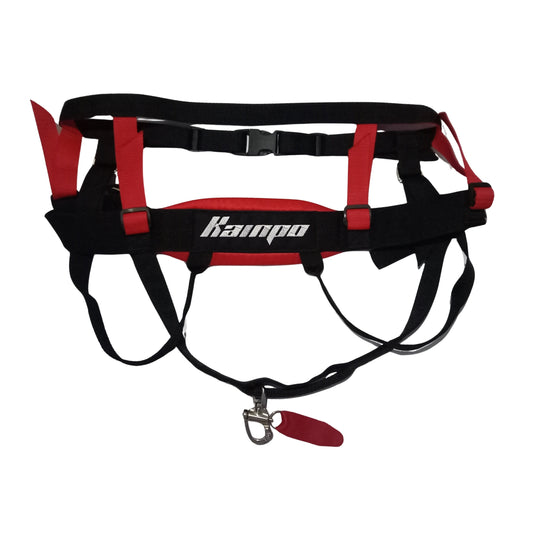
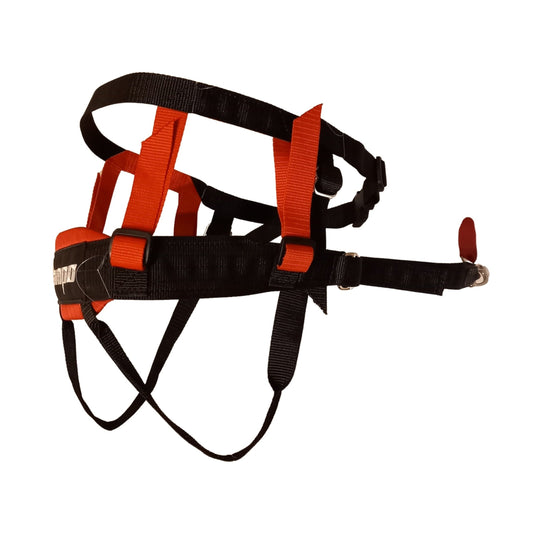
Kainpo Race Belt
No reviewsKainpo Race Belt
No reviewsNormal price €69,90 EURNormal priceUnit price / towards -
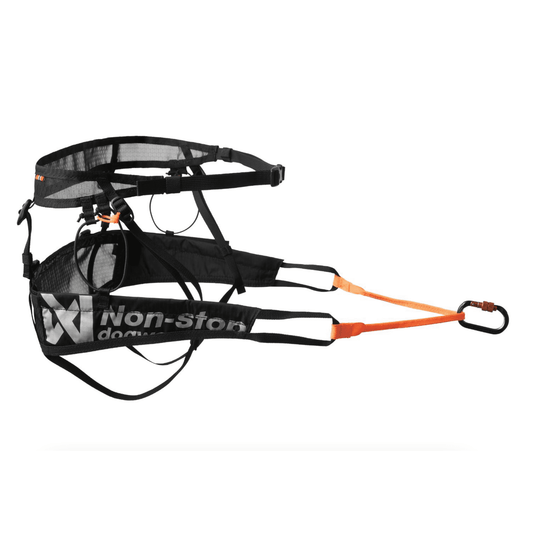
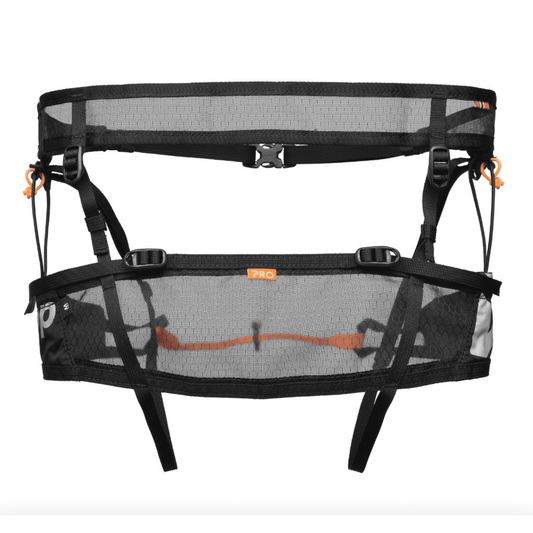
Non-stop dogwear CaniX Belt Pro
1 reviewNon-stop dogwear CaniX Belt Pro
1 reviewNormal price €88,90 EURNormal priceUnit price / towards -
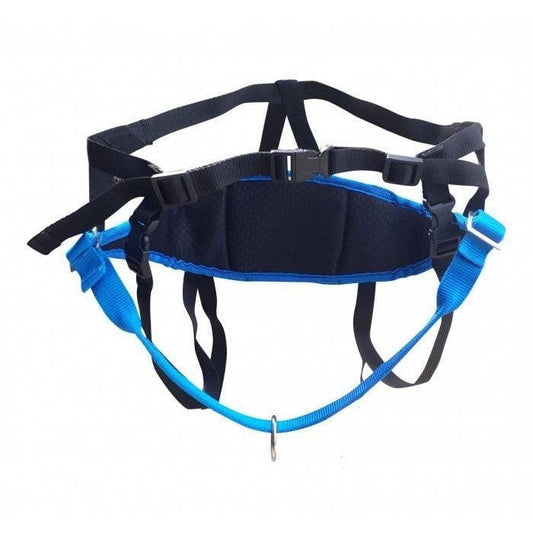
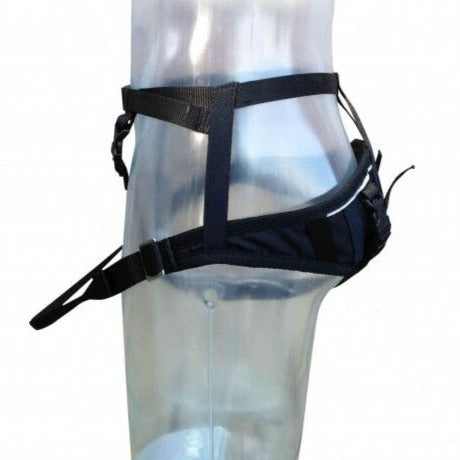 Not in stock
Not in stockInlandis Aircross Belt
Normal price €52,90 EURNormal priceUnit price / towards -
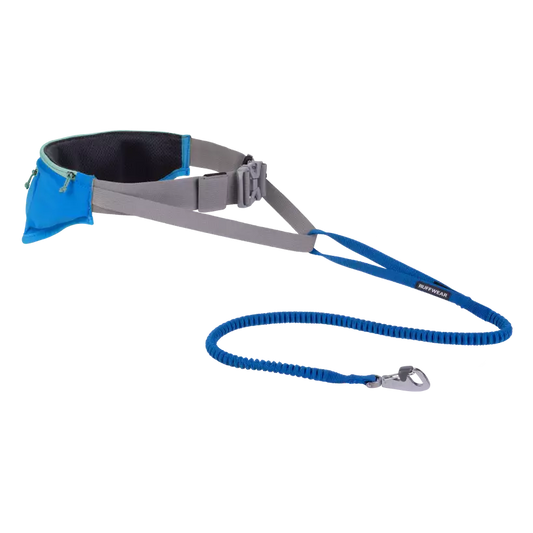
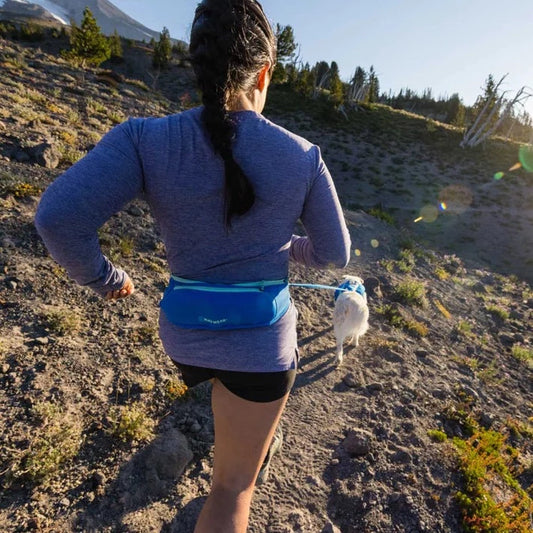
Ruffwear Trail Runner Running Belt
No reviewsRuffwear Trail Runner Running Belt
No reviewsNormal price €49,90 EURNormal priceUnit price / towards -
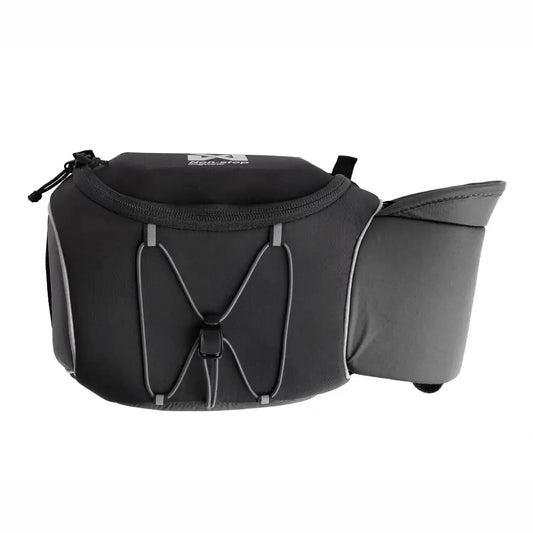
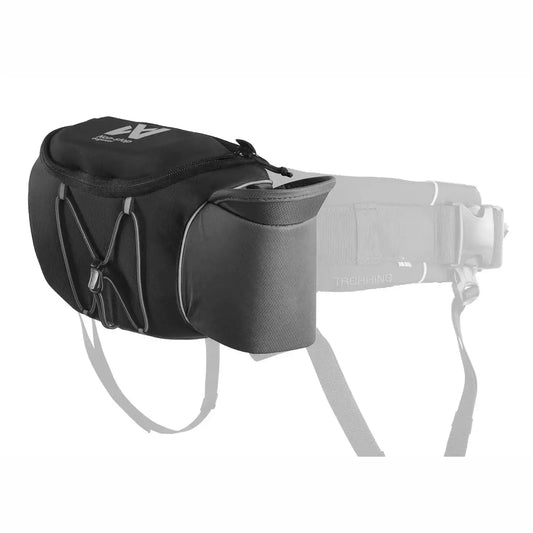
Non-stop dogwear Belt Bag
No reviewsNon-stop dogwear Belt Bag
No reviewsNormal price €42,90 EURNormal priceUnit price / towards -

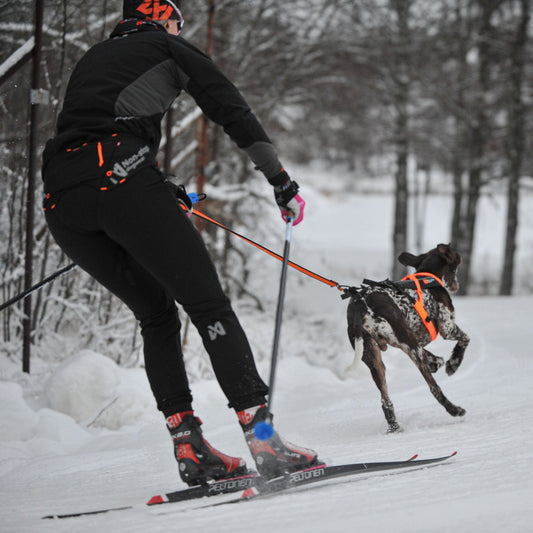
Non-stop dogwear 5.0 Skijoring Set
No reviewsNon-stop dogwear 5.0 Skijoring Set
No reviewsNormal price From €219,00 EURNormal priceUnit price / towards -

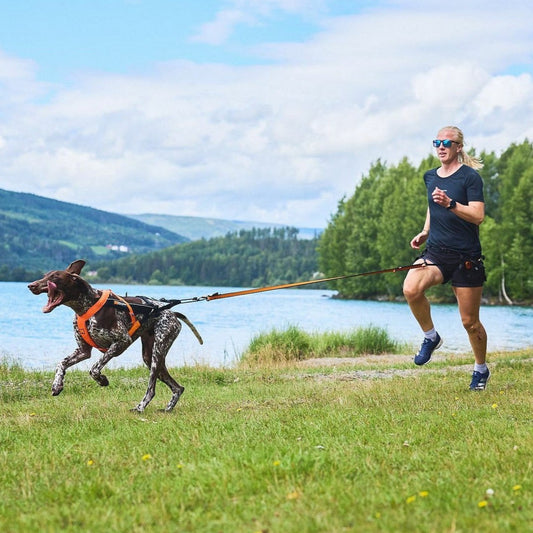
Non-stop dogwear 5.0 Canicross Set
No reviewsNot in stockNon-stop dogwear 5.0 Canicross Set
No reviewsNormal price From €215,00 EURNormal priceUnit price / towards -


Non-stop dogwear Skijoring Set
No reviewsNon-stop dogwear Skijoring Set
No reviewsNormal price From €209,00 EURNormal priceUnit price / towards -

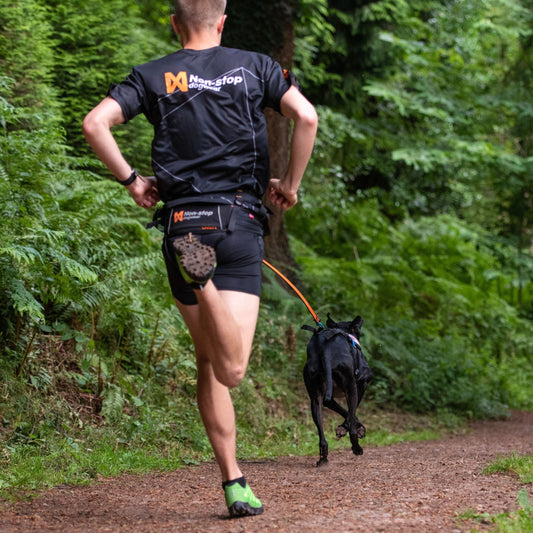
Non-stop Canicross set
No reviewsNot in stockNon-stop Canicross set
No reviewsNormal price From €195,00 EURNormal priceUnit price / towards

